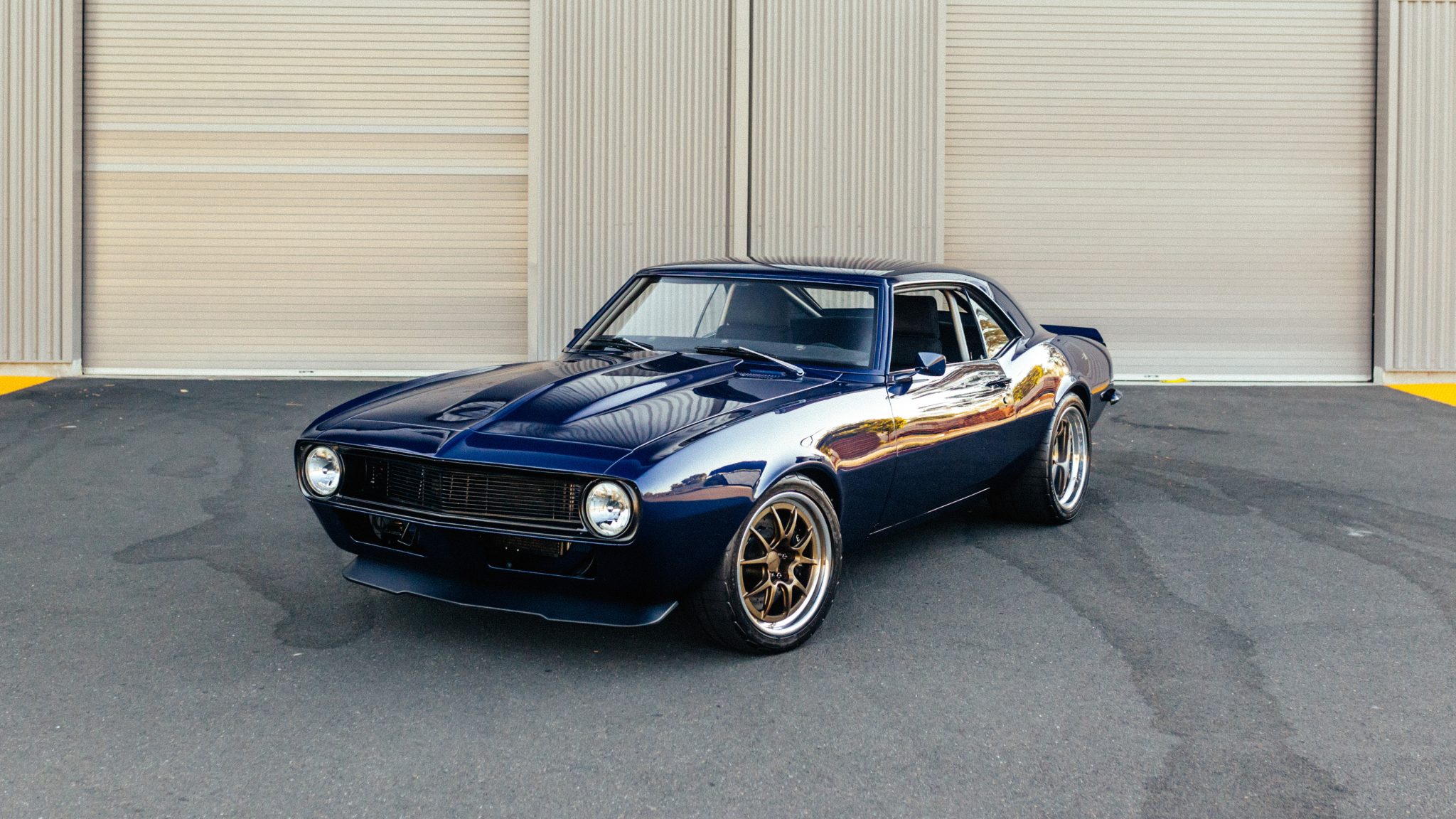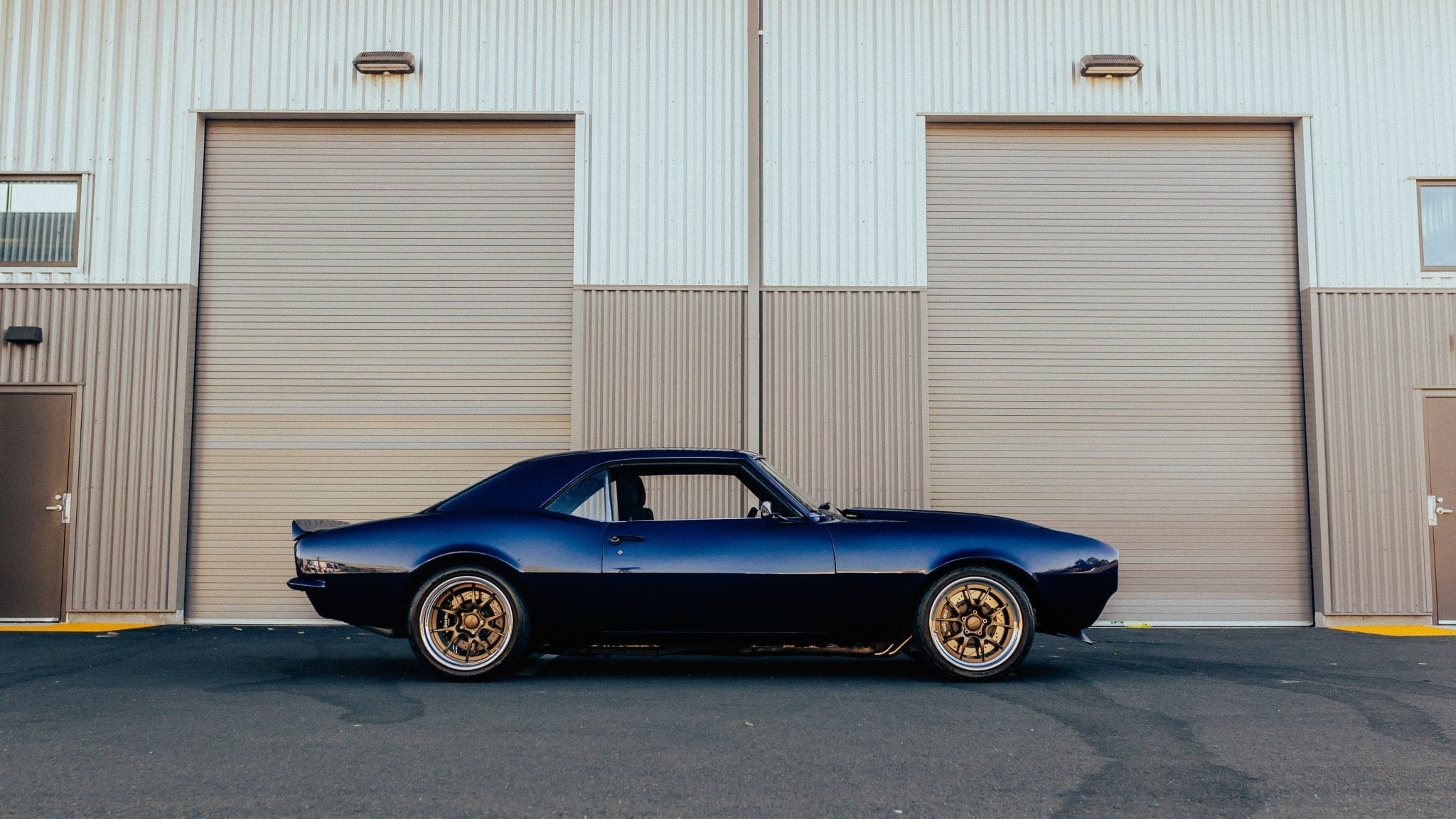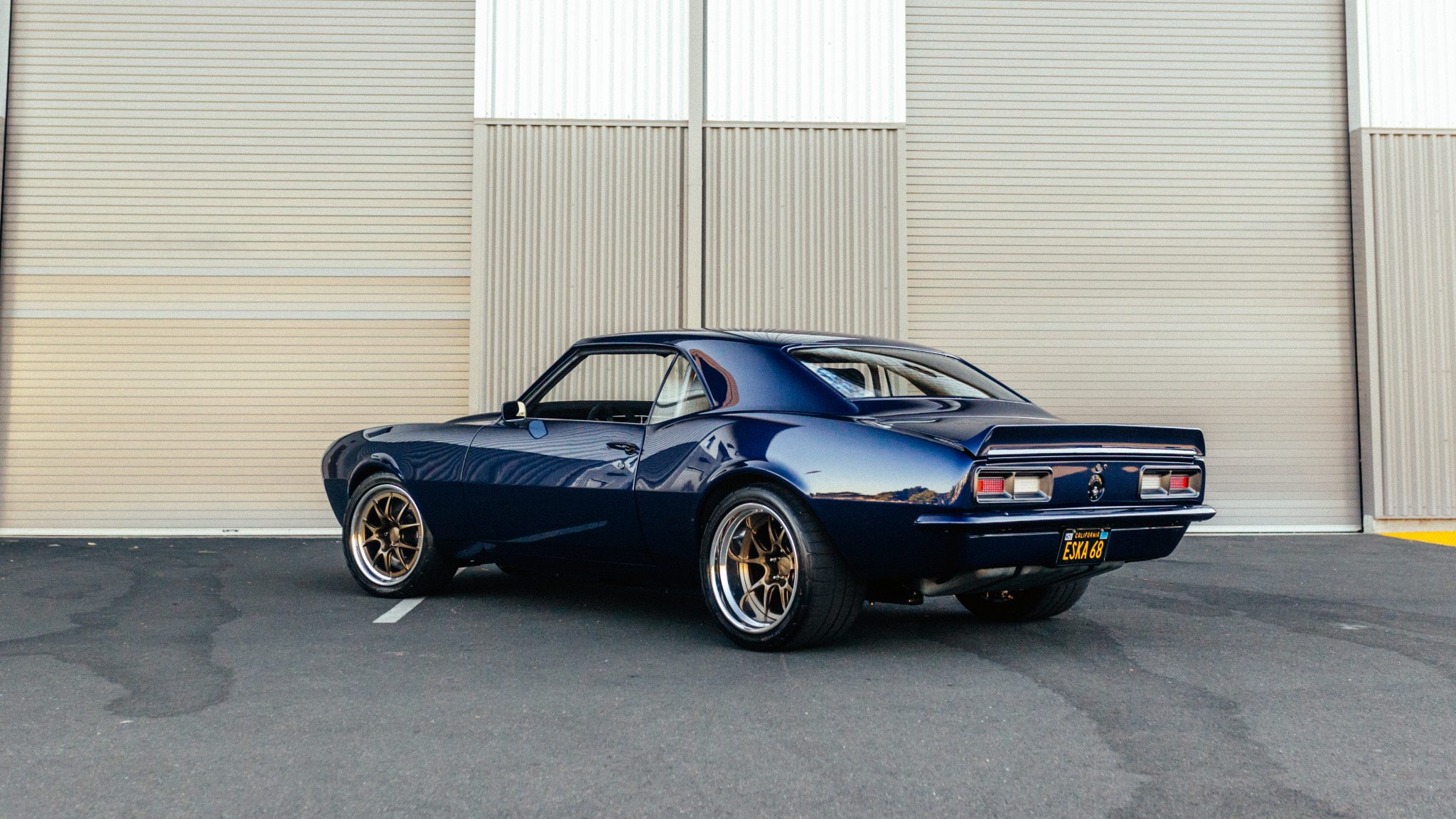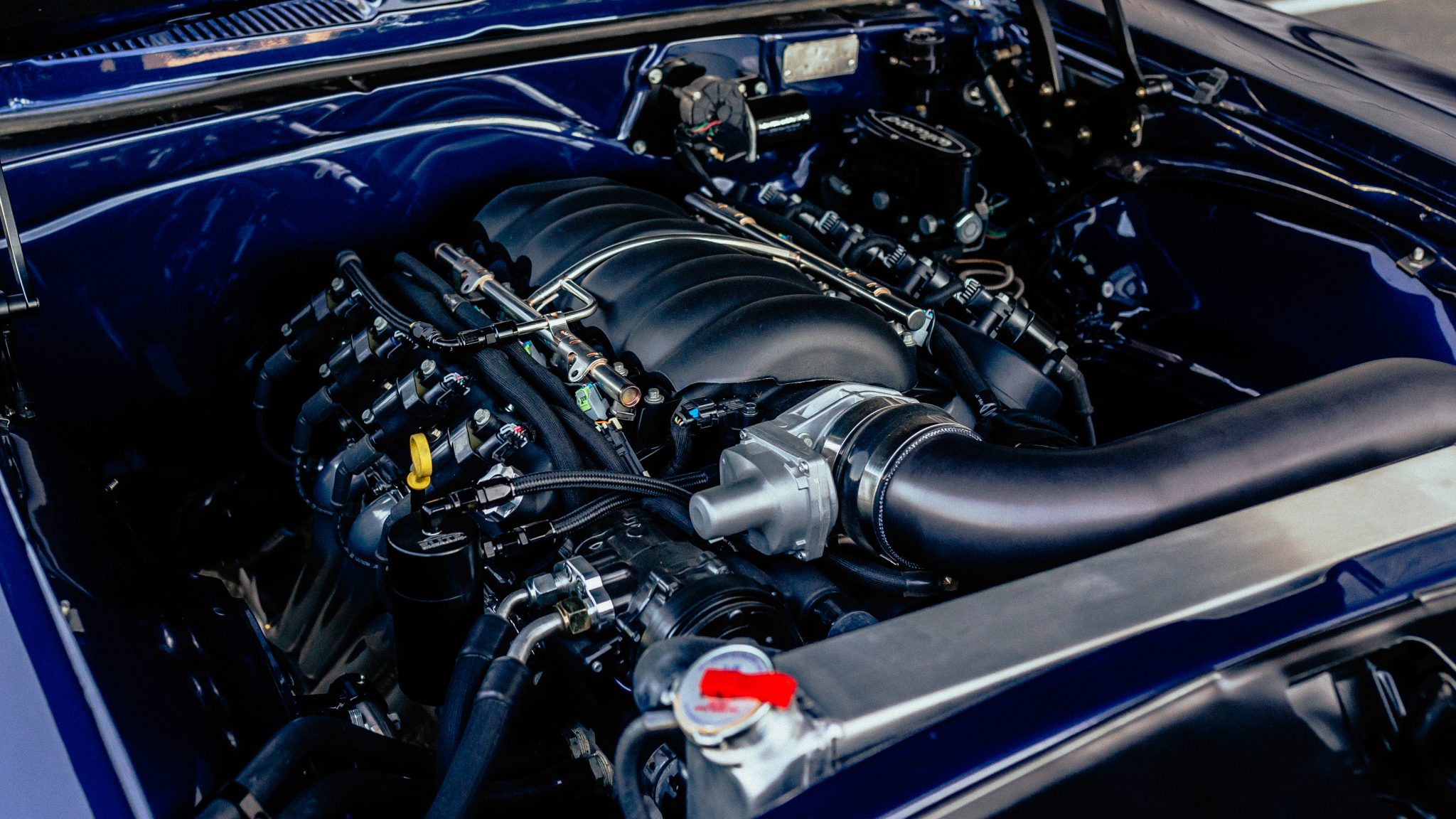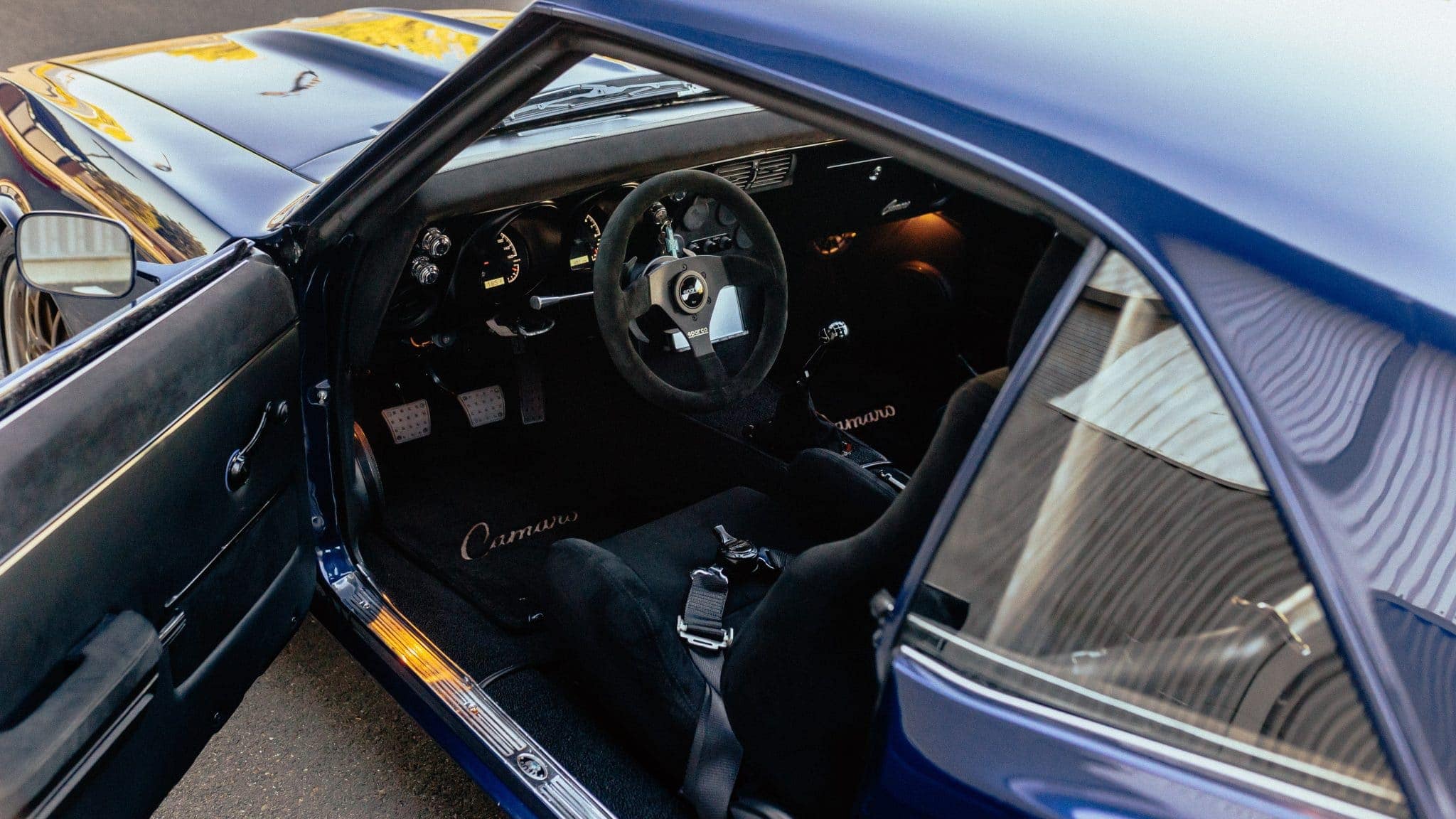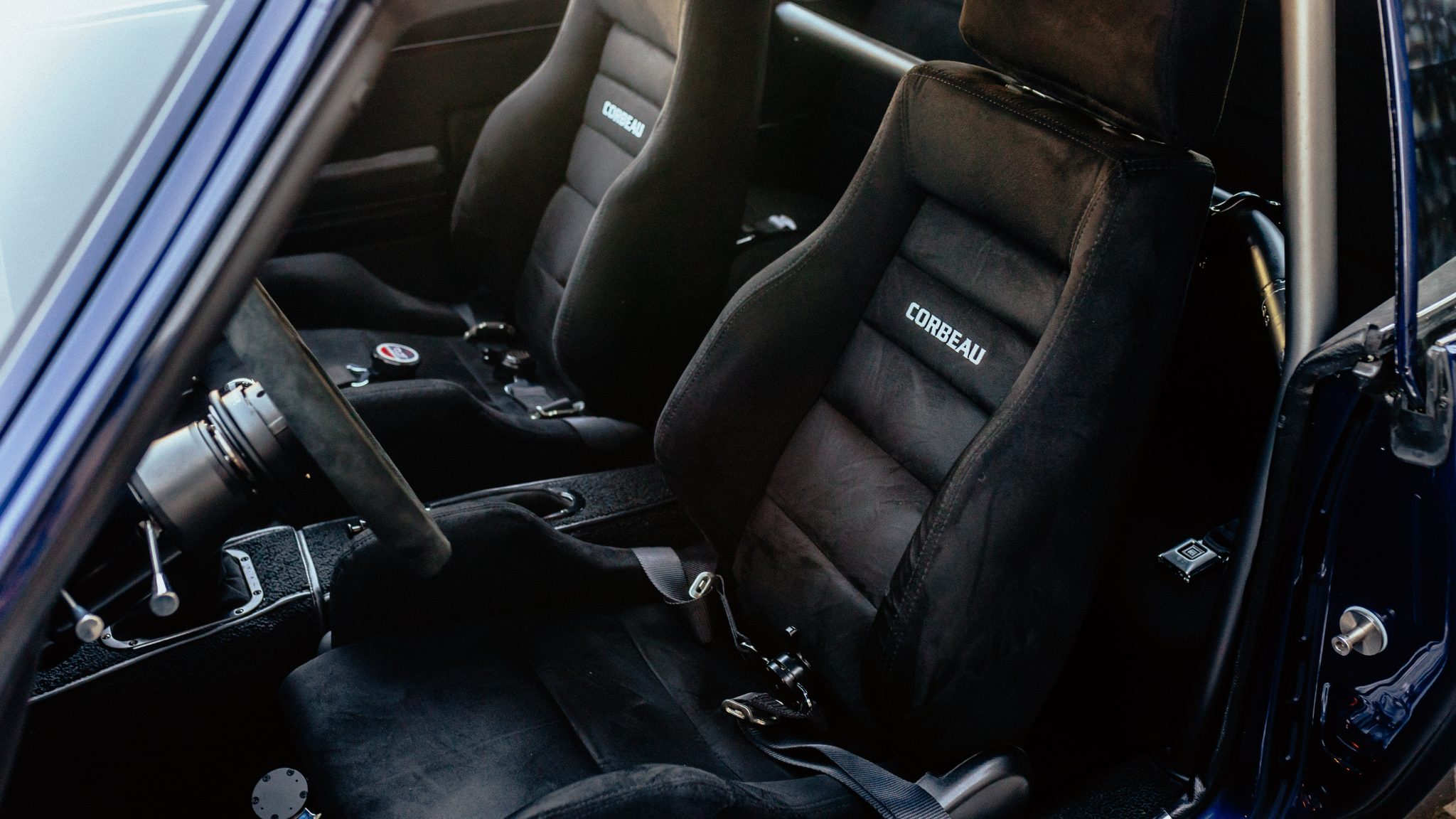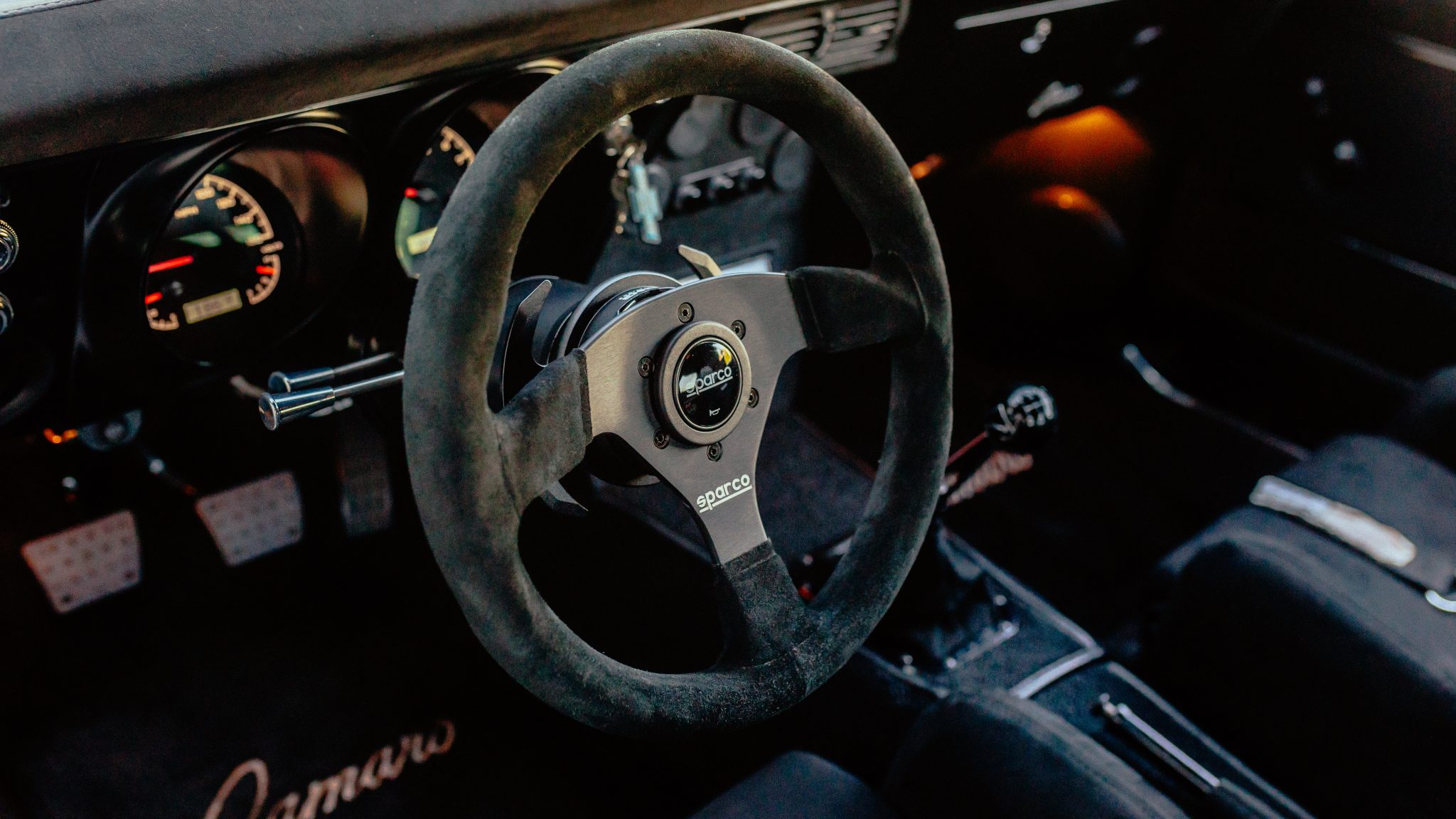The 1968 Chevrolet Camaro holds a special place in the hearts of muscle car enthusiasts. Known for its aggressive styling and raw power, it epitomizes the golden age of American automotive engineering. However, when the timeless design of a ’68 Camaro meets the modern performance of an LS3 engine, the result is nothing short of spectacular. This article delves into the intricacies and allure of the LS3-powered 1968 Chevrolet Camaro Coupe, a harmonious blend of classic aesthetics and contemporary performance.
The Legacy of the 1968 Chevrolet Camaro
Introduced in the fall of 1966 for the 1967 model year, the Chevrolet Camaro was General Motors’ answer to the Ford Mustang. By 1968, the Camaro had established itself as a formidable contender in the muscle car arena. The 1968 model featured a more refined design, with a wider stance and more aggressive styling cues. It was available with a variety of engines, from the inline-six to the big-block V8s, catering to a broad spectrum of performance preferences.
Enter the LS3: A Modern Powerhouse
The LS3 engine, part of GM’s Gen IV small-block family, debuted in the 2008 Chevrolet Corvette. This 6.2-liter V8 engine quickly became a favorite among enthusiasts for its blend of reliability, power, and tunability. Boasting an output of 430 horsepower and 424 lb-ft of torque in its stock form, the LS3 provides a significant performance boost over the original engines available in the 1968 Camaro.
The Conversion: Breathing New Life into a Classic
Swapping an LS3 engine into a 1968 Camaro is no small feat. It requires meticulous planning and execution to ensure that the new engine integrates seamlessly with the car’s classic frame. Key components of the conversion include:
- Engine Mounts and Crossmember: Custom engine mounts and a modified crossmember are essential to securely fit the LS3 into the Camaro’s engine bay.
- Transmission Compatibility: The LS3 is often paired with a modern transmission, such as the Tremec T56 six-speed manual, to handle the increased power and provide smoother shifting.
- Fuel System Upgrade: The fuel system needs to be upgraded to handle the LS3’s fuel injection requirements. This typically involves installing a high-pressure fuel pump and modern fuel lines.
- Cooling System: A high-capacity radiator and electric fans are necessary to keep the LS3 running at optimal temperatures.
- Electronics and Wiring: The LS3’s electronic control unit (ECU) must be integrated with the Camaro’s wiring harness, ensuring that all sensors and controls function correctly.
Performance and Driving Experience
The transformation of a 1968 Camaro with an LS3 engine is nothing short of exhilarating. The instant throttle response, the surge of power, and the modern reliability make it a joy to drive. The upgraded suspension and braking systems, often included in these conversions, ensure that the Camaro handles and stops as well as it accelerates.
The Aesthetic Appeal
While the heart of this beast is thoroughly modern, the exterior remains true to its roots. The 1968 Camaro’s iconic lines, bold grille, and muscular stance are preserved, often enhanced with subtle modifications like modern wheels and tires that complement the car’s classic look.
The LS3-powered 1968 Chevrolet Camaro Coupe represents the best of both worlds. It combines the nostalgic appeal of a classic muscle car with the performance and reliability of modern engineering. For enthusiasts, it’s a dream come true—an opportunity to enjoy the timeless beauty of a ’68 Camaro with the heart-pounding performance of a contemporary sports car. Whether on the track or the open road, this hybrid of old and new delivers an unmatched driving experience.
